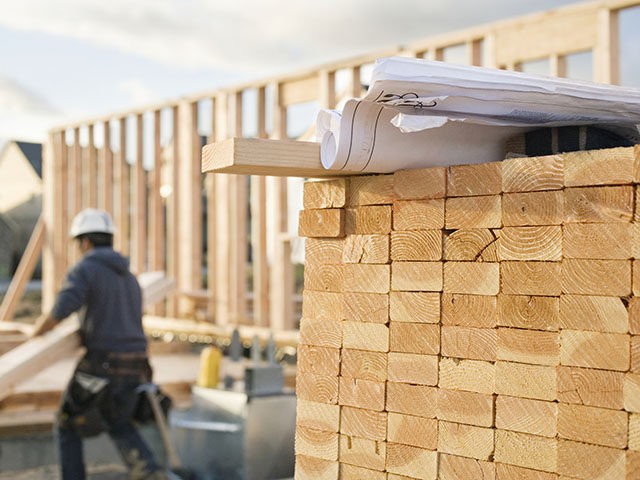Outlays to build homes in the U.S. plunged in June as the Federal Reserve rapidly raised interest rates to fight inflation, data from the Commerce Department showed Monday.
Expenditures for residential construction fell 1.6 percent to a seasonally adjusted, annualized rate of $932.9 billion in June after climbing 0.8 percent in May. Spending had been decelerating in the five prior months. This was the first contraction since May of 2020.

Despite the decline, spending remains near record highs hit in the wake of the pandemic, which set off a scramble for housing as many American families left some of the biggest cities for smaller cities, suburbs, and rural areas. Compared with a year ago, spending on residential construction is up 15.4 percent.

Private sector spending on single-family homes fell by a sharp 3.1 percent to a seasonally adjusted and annualized rate of $467.5 billion in June. Compared with a year ago, spending in this category is up 8.4 percent. Single-family homes are the most sensitive to interest rate changes. In June, the average interest rate on a 30-year fixed mortgage rose to 5.52 percent, the highest since November of 2008, and has declined slightly in July.
Home improvement spending was surprisingly steady at around $355 billion. The figures are not, however, adjusted for inflation. So this could reflect rising prices amid a decline in activity.
Overall outlays for construction projects dropped 1.1 percent in June at a seasonally adjusted annual rate of $1.76 trillion. Economists had been expecting a 0.4 percent increase. The May figure was revised up to show a 0.1 percent rise from the preliminary report showing a 0.1 percent decline.
Non-residential spending declined 0.5 percent. Spending fell by 1.8 percent to a seasonally adjusted annual rate of $97.8 billion in power-related construction and is down 14.9 percent from a year ago. Private sector manufacturing construction fell 0.1 percent to $92.3 billion in June but is up 202 percent from a year ago. Commercial construction fell 0.6 percent to $99.5 billion. Compared with a year ago, it is up 10.8 percent.
Office construction spending rose 0.5 percent in June to $73.4 billion but is down 2.1 percent from a year ago. Spending to build hotels and motels fell 0.2 percent to $16.4 billion and is down 2.1 percent from a year ago.
Government construction spending fell 0.5 percent in June and is up 0.4 percent from a year ago. This decline was unexpected. There was a big drop in highway and road construction—the biggest category of public construction spending—where spending fell 2.7 percent in June to $97.4 billion. Public spending on educational facilities, the second largest government category, fell 0.7 percent in June and is off 4.8 percent from a year ago. The third largest category, transportation, saw spending decline one percent in June compared with the prior month to $40.4 billion and 2.7 percent compared with a year ago.
The Commerce Department figures are seasonally adjusted and annualized but not adjusted for changes in price. As a result, the growth or decline numbers may not accurately reflect changes in real activity. High inflation can make bigger declines in real expenditures, for example.

COMMENTS
Please let us know if you're having issues with commenting.